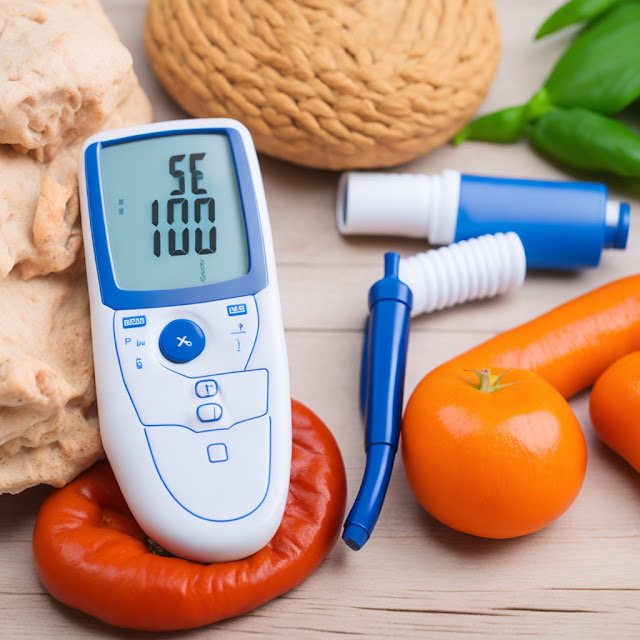Diabetes is a chronic medical condition that occurs when the body either does not produce enough insulin or cannot effectively use the insulin it produces. Insulin is a hormone that helps regulate blood sugar (glucose) levels and allows glucose to enter the cells, where it is used for energy. Without adequate insulin or proper utilization of insulin, blood sugar levels can become too high, leading to various health complications.
1. Type 1 diabetes: This type usually develops early in life and is characterized by the body's inability to produce insulin. People with type 1 diabetes require lifelong insulin therapy to manage their blood sugar levels.
2. Type 2 diabetes: This type is more common and typically occurs later in life, although it can develop at any age. In type 2 diabetes, the body becomes resistant to the effects of insulin, and as a result, blood sugar levels rise. Lifestyle factors, such as obesity, sedentary behavior, and poor diet, along with genetic and environmental factors, contribute to the development of type 2 diabetes.
To help prevent or reduce the risk of developing type 2 diabetes, here are some recommendations:
1. Maintain a healthy weight: Excess body weight, especially around the waistline, increases the risk of developing diabetes. Aim for a healthy body weight through a balanced diet and regular physical activity.
2. Follow a balanced diet: Choose a diet rich in fruits, vegetables, whole grains, lean proteins, and healthy fats. Limit the consumption of sugary beverages, processed foods, and high-calorie snacks. Consider working with a registered dietitian for personalized guidance.
3. Engage in regular physical activity: Regular exercise can help improve insulin sensitivity and promote weight management. Aim for at least 150 minutes of moderate-intensity aerobic activity or 75 minutes of vigorous-intensity aerobic activity each week, along with strength training exercises.
4. Limit sedentary behavior: Prolonged sitting or sedentary behavior is associated with an increased risk of diabetes. Break up long periods of sitting with short bursts of physical activity or stretching.
5. Avoid tobacco and limit alcohol consumption: Smoking and excessive alcohol intake can increase the risk of developing diabetes and its complications. Quit smoking if you're a smoker and consume alcohol in moderation, if at all.
6. Get regular check-ups: Regular medical check-ups can help detect early signs of diabetes or prediabetes. If you have a family history of diabetes or other risk factors, discuss it with your healthcare provider.
It's important to note that while these preventive measures can significantly reduce the risk of developing type 2 diabetes, they do not guarantee complete prevention. If you have concerns about diabetes or your risk factors, consult with a healthcare professional for personalized advice and guidance.

